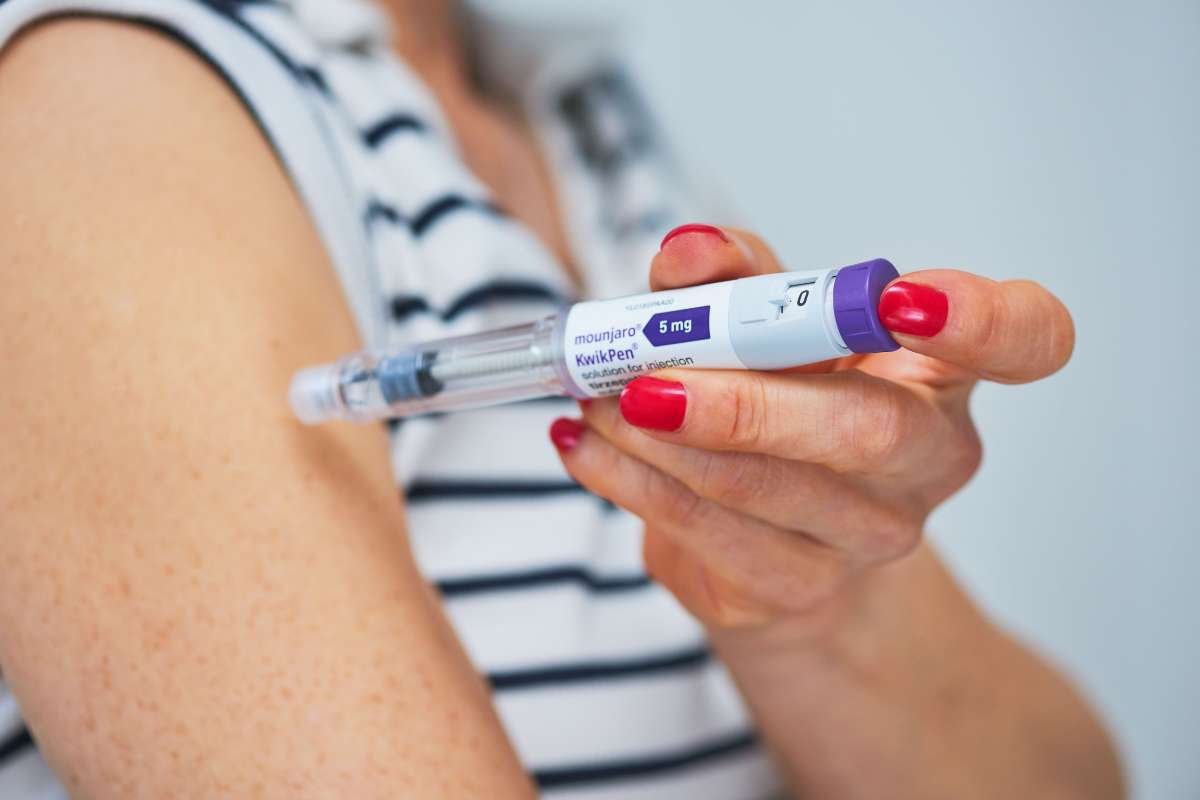In order to further Oxford’s international drive into the industry, Oxford Properties Group and its partner Pioneer Group intend to transform a historic 300,000-square-foot office block in London, United Kingdom, into a lifesciences hub. The London-based Pioneer is a real estate developer and operator with an emphasis on lifesciences and technology facilities, and they are working together with the Toronto-based real estate investor and developer.
According to the statement from Oxford and Pioneer, Victoria House in central London’s Bloomsbury Square will become a 220,000 square foot lifesciences hub with 80,000 square feet of offices, amenities, conference rooms, and retail space. The BioIndustry Association (BIA), the trade organisation for life sciences firms in the United Kingdom, will be housed in the building.
In August 2024, the transition’s initial phase is anticipated to be finished. According to the press release from Abigail Shapiro, head of lifesciences and residential for Europe at Oxford, “the conversion of Victoria House is a unique opportunity to deliver one of the largest lifesciences conversion projects in Central London to date.” Richard O’Boyle, CEO of Pioneer Group, expressed excitement about helping the neighbourhood fulfil the need from lifesciences companies looking for amenities and desirable places to draw talent.
What exactly is Victoria House?
According to the press release, Victoria House, a Grade II-listed structure built in the 1920s, housed the Liverpool Victoria structure Society’s headquarters until 1996. The 220,000 square feet of internal space will be transformed as part of Oxford and Pioneer’s plans into a Grade-A, wet lab-equipped life sciences centre. The remaining 80,000 square feet will be allocated for offices, amenities, meeting space, and retail uses. These will include “heritage meeting rooms, an eighth-floor club lounge, and a roof terrace overlooking Central London.”
The project aims for an EPC A energy rating and will apply for BREEAM Excellent certification in order to strengthen its sustainability. The first phase of the conversion, consisting of 190,000 square feet of lab-enabled space with a fully equipped incubator and grow-on area, is now under construction and is expected to be finished in the autumn of 2024. According to the press release, the vast majority of new London life science projects are not anticipated to be completed until at least 2026, giving the initiative a significant early-mover advantage. The switch came at no specified cost.
Why Lifesciences?
The publication listed a number of justifications for Victoria House’s conversion. According to Oxford and Pioneer, the property’s floor-to-ceiling height, internal layout, and size of the floor plates make it perfect for conversion. Additionally, the structure is in a “prime location” in London’s Knowledge Quarter, close to the King’s Cross life sciences district, where it will be next to academic institutions, hospitals, and medical research facilities.
“Victoria House provides the perfect ingredients for the creation of a new life sciences hub given its central location and proximity to many educational and medical establishments, as well as investment capital targeting research and development in the sector,” Shapiro stated in the announcement. The United Kingdom has made considerable investments in the life sciences, as seen by a recent $1.1 billion government initiative intended to increase occupier demand.
According to a press release, there is a “critical shortage” of commercially available lab space in London. Savills study shows that functional full occupancy has been reached with a vacancy rate of 1% as of Q1 2023. Oxford has been interested in the life sciences business since 2017 and has completed eight million square feet of new construction and redevelopment. It spent roughly $1 billion on four assets in the U.S. before entering the U.K. life sciences industry with the purchase of 310 Cambridge Science Park for $77.2 million.







